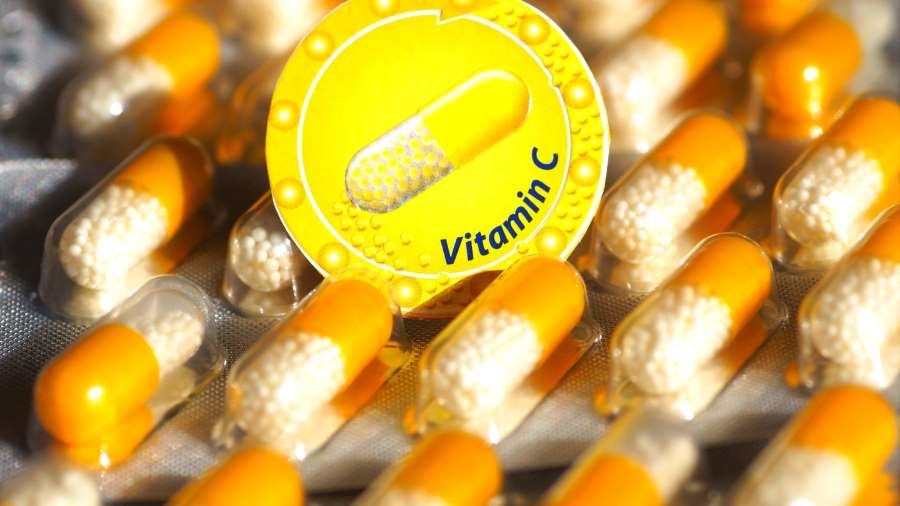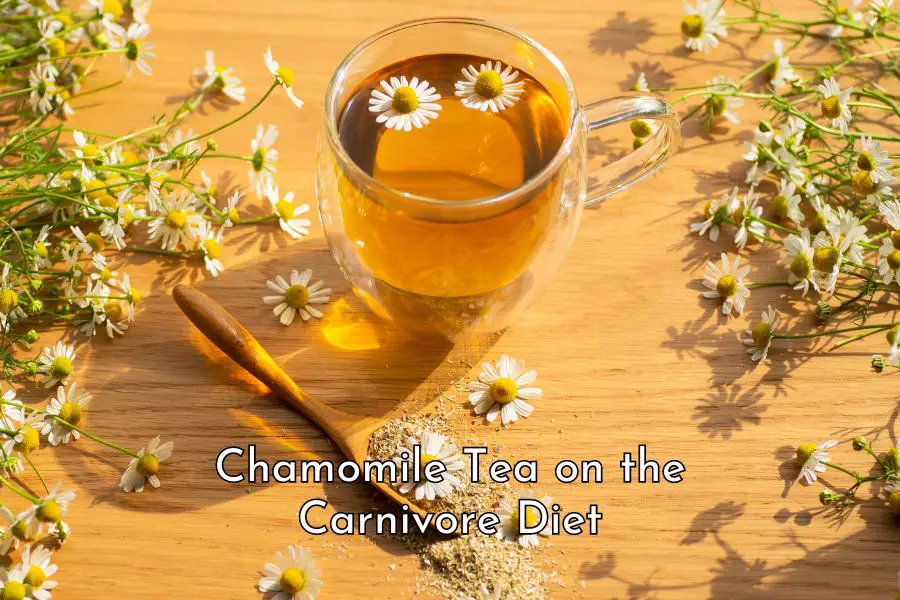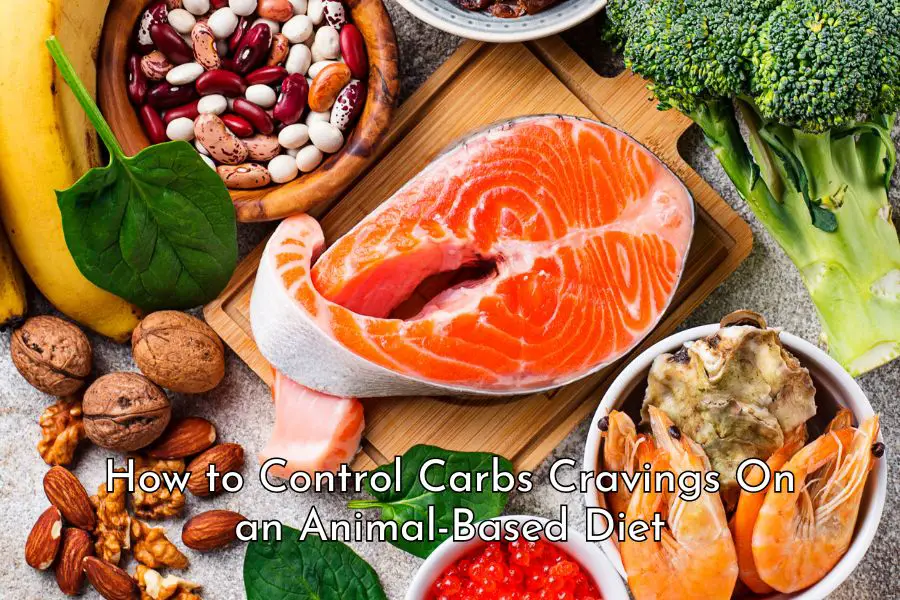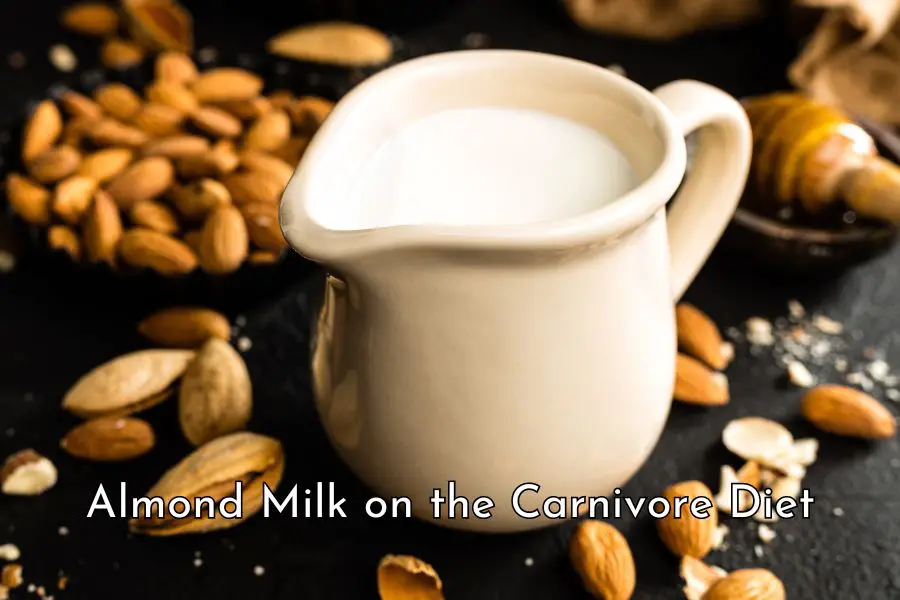Animal-based food is not known as a rich source of vitamin C, however, it certainly contains enough vitamin C to protect you from scurvy.
This post provides an extensive list of sources of vitamin C on the carnivore diet and recommends the best sources of this essential nutrient.
Table of Contents
- Vitamin C’s roles in the human body
- How much vitamin C do you need?
- Sources of vitamin C on the carnivore diet
- Best sources of vitamin C on the carnivore diet
Vitamin C’s roles in the human body
Vitamin C, also known as L-ascorbic acid, is a natural water-soluble nutrient that plays many important functions in the human body. However, unlike many other animals, humans can’t make vitamin C endogenously and must obtain it from dietary sources. [1]
Vitamin C can be found in abundance in many plant-based foods such as oranges, lemons, berries, cherries, guavas, kiwis, bell peppers, broccoli, tomatoes, spinach, and kale.
Animal-based foods like meat, organ meat, seafood, and dairy are generally not known as a source of vitamin C but they do contain a sufficient level of vitamin C to prevent vitamin C deficiency and scurvy.
Vitamin C plays many important roles in the functioning of the human body.
Vitamin C is required in the biosynthesis of collagen (an important protein used in making skin, tendons, ligaments, and blood vessels), L-carnitine, and neuropeptides. [2, 3]
Vitamin C aids in the absorption of nonheme iron and is also needed in repairing and maintaining cartilage, bones, and teeth as well as being involved in all stages of wound healing. [4, 5, 6]
Vitamin C protects the immune system and is widely known as a powerful antioxidant that helps neutralize free radicals, the build-up of which can lead to premature aging and many other diseases. [7, 8]
Vitamin C is an ingredient in many topical skin care products and there is some evidence supporting its effectiveness. [9]
How much vitamin C do you need?
The Office of Dietary Supplements at the National Institutes of Health currently recommends daily allowances (RDAs) for vitamin C as follows. [10]
| Age | Male | Female | Pregnancy | Lactation |
|---|---|---|---|---|
| 14–18 years | 75 mg | 65 mg | 80 mg | 115 mg |
| 19+ years | 90 mg | 75 mg | 85 mg | 120 mg |
| Smokers | +35 mg/day | +35 mg/day | +35 mg/day | +35 mg/day |
The above RDAs for adults are set “based on the vitamin C intake to maintain near-maximal neutrophil concentration with minimal urinary excretion of ascorbate” to provide antioxidant protection. [11]
According to the Office of Dietary Supplements, depending on the level of vitamin C the body stores, signs of scurvy can appear within one month of a vitamin C intake below 10 mg/day. That means as little as 10 mg of vitamin C a day is sufficient to prevent scurvy. [12]
Eating just muscle meat alone will give you enough vitamin C to prevent scurvy, but there are other animal-based foods that are relatively high in vitamin C (see in the section below) which will boost vitamin C intake a lot higher than the scurvy threshold.
We don’t know exactly how much vitamin C people on the carnivore diet would need for optimal health but it is likely that they would need a lot less than those who are on a carb-rich diet.
This is because vitamin C and glucose are known to compete for absorption. If you don’t eat carbs and processed sugar, you don’t need a lot of vitamin C because your body can absorb much better the little vitamin C that you consume. [13]
Sources of vitamin C on the carnivore diet
Below are the vitamin C contents of some animal-sourced foods divided into five food groups: ruminant, pork, poultry, seafood, and dairy.
Note that different testing samples will give different results but these should give you a good indication of the vitamin C levels in these food groups.
1. Ruminant
Ruminant organs are a great source of vitamin C.
Beef spleen seems to be the best source of vitamin C in this group.
A 100-gram serving of cooked beef spleen would deliver 50.3 mg of vitamin C equivalent to around 84% of the average recommended daily intake. [14]
In addition to being high in vitamin C, beef spleen is also very high in protein, iron, B12, copper, selenium, and phosphorous. [15]
Pancreas, lungs, brains, and kidneys are all very high in vitamin C as well, however, unfortunately, many of those organ meats are usually not available at the butcher and you may have to place a special order to get them.
Beef muscle has a much lower level of vitamin C compared to beef and lamb organ meat with just around 2 mg per 100-gram serving. [16]
However, as mentioned above, just consuming muscle meat will give you enough vitamin C to prevent scurvy. Traditional groups subsisting on meat-based diets like the Arctic Inuit did not suffer from scurvy nor does the modern-day carnivore community. [17, 18]
| Per 100 g | Vitamin C (mg) |
|---|---|
| Beef spleen (cooked, braised) | 50.3 |
| Veal thymus | 49.2 |
| Beef spleen | 45.5 |
| Veal spleen | 41.0 |
| Veal lungs | 39.0 |
| Beef lung | 38.5 |
| Beef lung (cooked, braised) | 32.7 |
| Lamb lungs | 31.0 |
| Lamb spleen | 23.0 |
| Beef pancreas (cooked, braised) | 20.3 |
| Lamb brain | 16.0 |
| Veal pancreas | 16.0 |
| Beef pancreas | 13.7 |
| Lamb kidney | 11.0 |
| Beef brain | 10.7 |
| Beef brain (cooked, simmered) | 10.5 |
| Beef kidney | 9.4 |
| Lamb heart | 5.0 |
| Lamb liver | 4.0 |
| Beef tongue | 3.1 |
| Grass-fed beef | 2.5 |
| Beef heart | 2.0 |
| Grain-fed beef | 1.6 |
| Beef liver | 1.3 |
It’s interesting that some cooked organs have a higher level of vitamin C than raw organs. This is probably due to the release of the juice during the cooking process that results in a more nutrient-dense food, gram for gram.
This also shows that, unlike what many people seem to believe (I used to as well), cooking appears to have little impact on the vitamin C content of food, at least in cooked meat. [19, 20]
2. Pork
Pork meat and organs are not as high in vitamin C as ruminant meat and organs but, similar to ruminants, pork organs are higher in vitamin C than pork muscle meat.
| Per 100 g | Vitamin C (mg) |
|---|---|
| Pork spleen | 28.5 |
| Pork liver | 25.3 |
| Pork liver (cooked, braised) | 23.6 |
| Pork brain (cooked, braised) | 14.0 |
| Pork brain | 13.5 |
| Pork kidney | 13.3 |
| Pork lung | 12.3 |
| Pork heart | 5.3 |
| Pork leg | 1.1 |
| Pork sirloin | 0.9 |
| Pork shoulder | 0.8 |
| Ground pork | 0.7 |
| Pork belly | 0.3 |
3. Poultry
As can be seen in the table below, poultry organs are not as high in vitamin C as ruminant organs.
However, poultry meat (e.g. goose meat, quail meat, wild duck meat, chicken dark meat) has a higher level of vitamin C compared to ruminant muscle meat.
| Per 100 g | Vitamin C (mg) |
|---|---|
| Chicken liver (cooked, simmered) | 27.9 |
| Turkey liver | 24.5 |
| Capon giblet | 18.4 |
| Chicken liver | 17.9 |
| Chicken giblet | 16.2 |
| Chicken giblet | 13.1 |
| Goose meat | 7.2 |
| Quail meat | 7.2 |
| Wild duck meat | 6.2 |
| Chicken dark meat | 4.6 |
| Chicken heart | 3.2 |
| Duck meat and skin | 2.8 |
| Chicken thigh | 2.3 |
| Lean chicken | 1.2 |
| Chicken wing | 0.7 |
4. Seafood
Some seafood contains a lot more vitamin C than ruminant, pork, and poultry muscle meat.
For example, fish roe, clam, and crab have 16, 13, and 7 mg per 100-gram serving compared to just around 2mg per same serving of beef.
| Per 100 g | Vitamin C (mg) |
|---|---|
| Clam (canned) | 22.1 |
| Fish roe (cooked) | 16.4 |
| Fish roe | 16.0 |
| Clam | 13.0 |
| Crab (cooked) | 7.6 |
| Crab | 7.0 |
| Octopus | 5.0 |
| Oyster | 4.7 |
| Atlantic salmon | 3.9 |
| Trout | 2.9 |
| Shrimp | 2.2 |
| Mackerel | 2.0 |
| Herring | 1.0 |
| Mackerel | 0.4 |
5. Dairy
Dairy has very little vitamin C.
Raw milk that was expressed from the cow’s udder without any exposure to light has about 2mg per 100 ml of milk. [21]
Pasteurized milk and reconstituted milk have a lot less vitamin C (0.6mg/100ml) and vitamin C appears to be nonexistent in cheese products. [22, 23]
Although the vitamin C level is low in cow’s milk, it is sufficient for a developing calf.
Babies fed pasteurized cow’s milk get about 7mg of vitamin C a day and this extremely small amount is enough to protect them from scurvy. [24]
There is also very little vitamin C in the breast milk of lactating mothers and breastfed babies are estimated to get from only around 4 to 34 mg daily but this amount is already sufficient to prevent scurvy in babies. [25]
| Per 100 mil | Vitamin C (mg) |
|---|---|
| Raw milk | 2.2 |
| Reconstituted whole milk from powder | 1.3 |
| Pasteurized milk | 0.6 |
| Reconstituted evaporated milk | 0.2 |
Also, note that dehydroascorbic acid (an oxidized form of ascorbic acid) in milk has been found to have neuroprotective effects thanks to its ability to cross the blood-brain barrier which does not exist in ascorbic acid. [26]
Best sources of vitamin C on the carnivore diet
Below are 30 top sources of vitamin C on the carnivore diet based on the data that I have collected.
| Rank | Per 100g | Vitamin C (mg) |
|---|---|---|
| 1 | Veal thymus | 49.2 |
| 2 | Beef spleen | 45.5 |
| 3 | Veal spleen | 41.0 |
| 4 | Veal lungs | 39.0 |
| 5 | Beef lungs | 38.5 |
| 6 | Lamb lungs | 31.0 |
| 7 | Pork spleen | 28.5 |
| 8 | Pork liver | 25.3 |
| 9 | Turkey liver | 24.5 |
| 10 | Lamb spleen | 23.0 |
| 11 | Capon giblet | 18.4 |
| 12 | Chicken liver | 17.9 |
| 13 | Chicken giblet | 16.2 |
| 14 | Lamb brain | 16.0 |
| 15 | Veal pancreas | 16.0 |
| 16 | Fish roe | 16.0 |
| 17 | Beef pancreas | 13.7 |
| 18 | Pork brain | 13.5 |
| 19 | Pork kidney | 13.3 |
| 20 | Chicken giblet | 13.1 |
| 21 | Clam | 13.0 |
| 22 | Pork lung | 12.3 |
| 23 | Lamb kidney | 11.0 |
| 24 | Beef brain | 10.7 |
| 25 | Beef kidney | 9.4 |
| 26 | Goose meat | 7.2 |
| 27 | Quail meat | 7.2 |
| 28 | Crab | 7.0 |
| 29 | Wild duck meat | 6.2 |
| 30 | Pork heart | 5.3 |
The best sources of vitamin C on the carnivore diet are ruminant organs, followed by pork and poultry organs. Some seafood like fish roe, clam, and crab is also a good source of vitamin C.
It goes to show that, if you can, it is beneficial to add some organ meat into your diet on a regular basis. Organ meat is not only a good source of vitamin C but a rich source of many other essential nutrients as well.
It also emphasizes the well-known fact that ruminant meat, fat, and organs seem to be the best food choice on the carnivore diet.
Other posts you might be interested in:
Is Carnivore Diet + Fruit & Honey a Good Idea?
Best Sources of Omega 3 on the Carnivore Diet
How Much Organ Meat Should You Eat on the Carnivore Diet?
Do You Need Supplements on the Carnivore Diet?
What Do Hardcore Carnivores Eat in a Day?
Disclaimer: The information in this post is for reference purposes only and is not intended to constitute or replace professional medical advice. Please consult a qualified medical professional before making any changes to your diet or lifestyle. Please check out our disclaimer for more detail.





